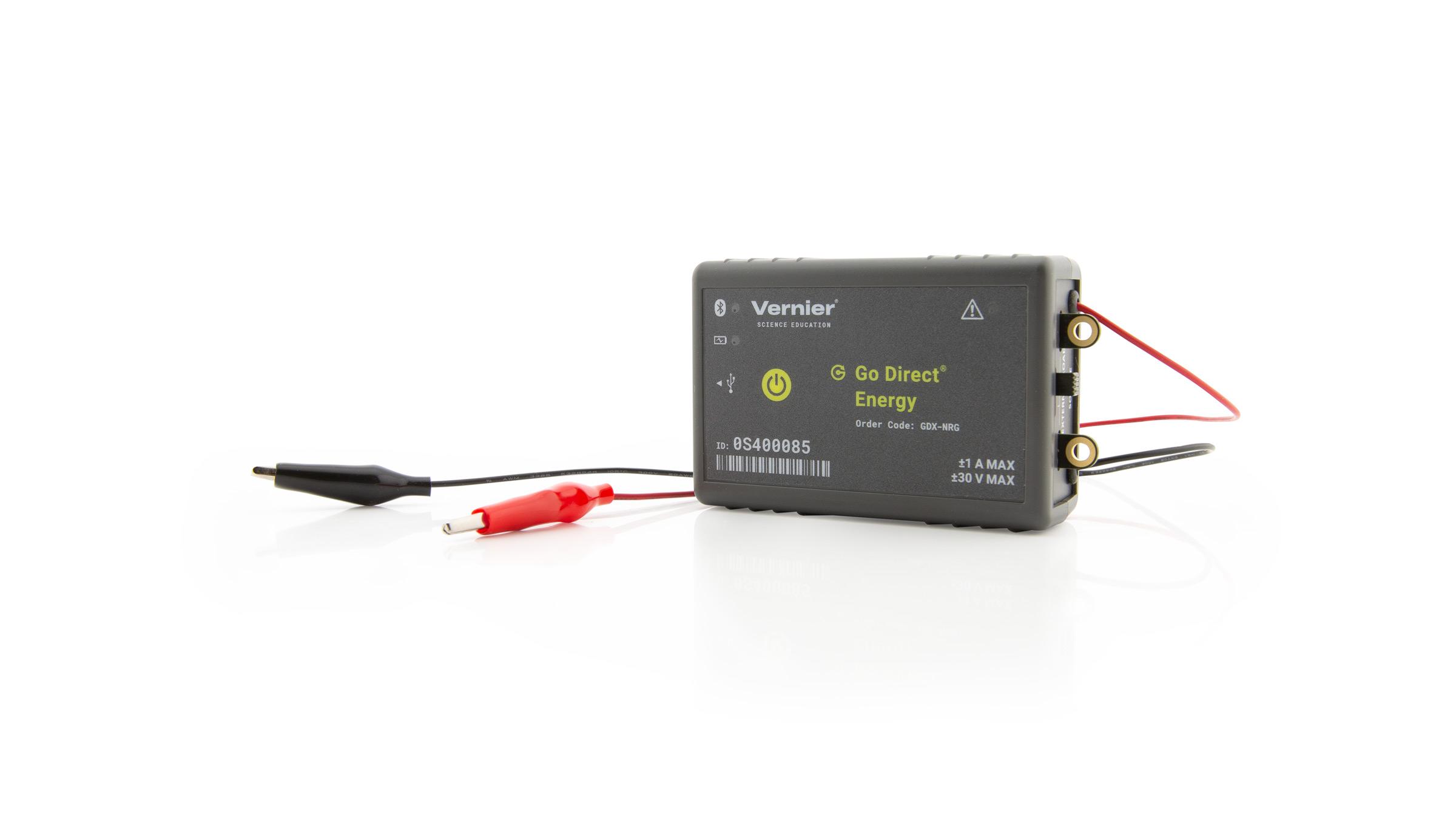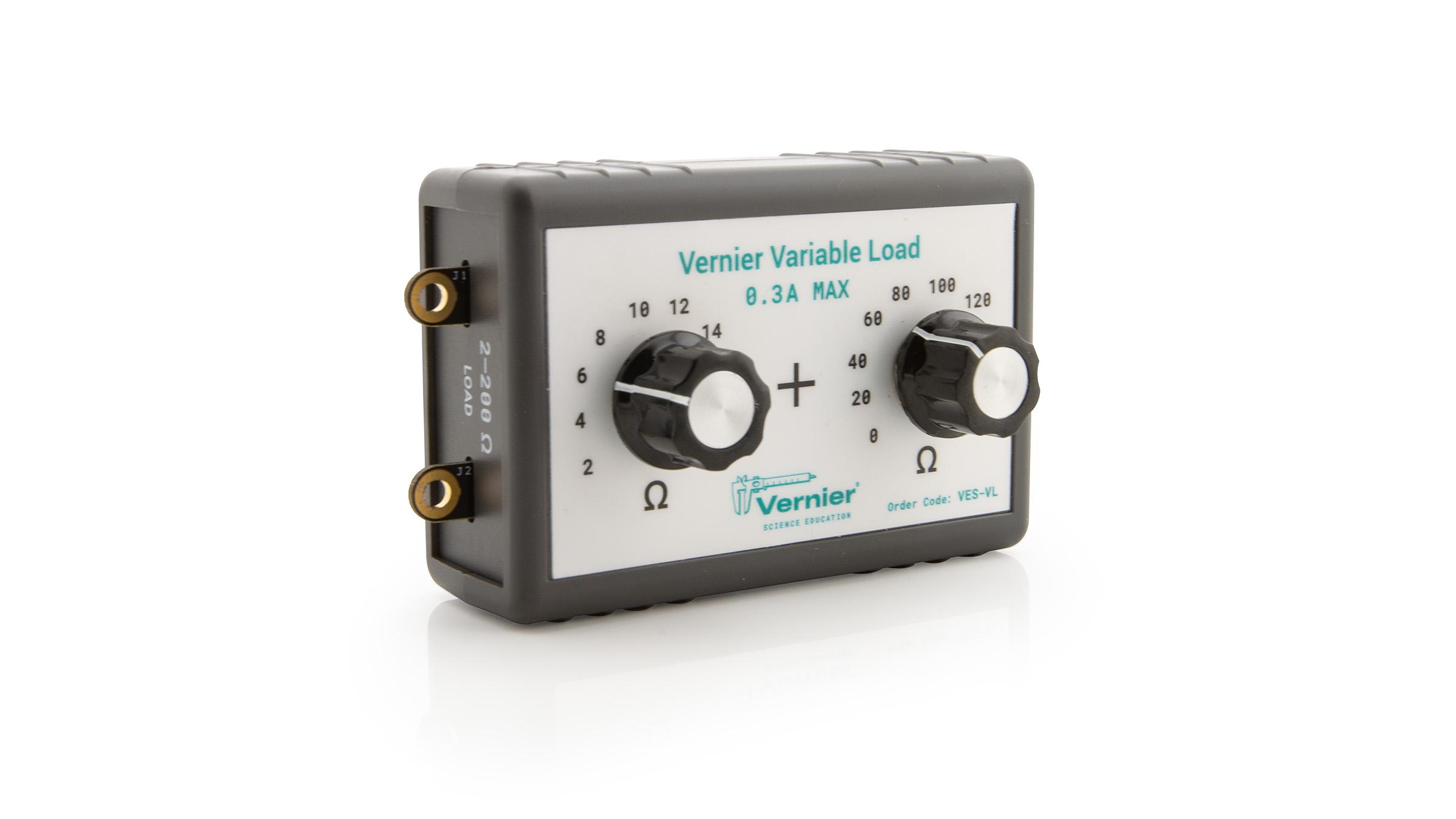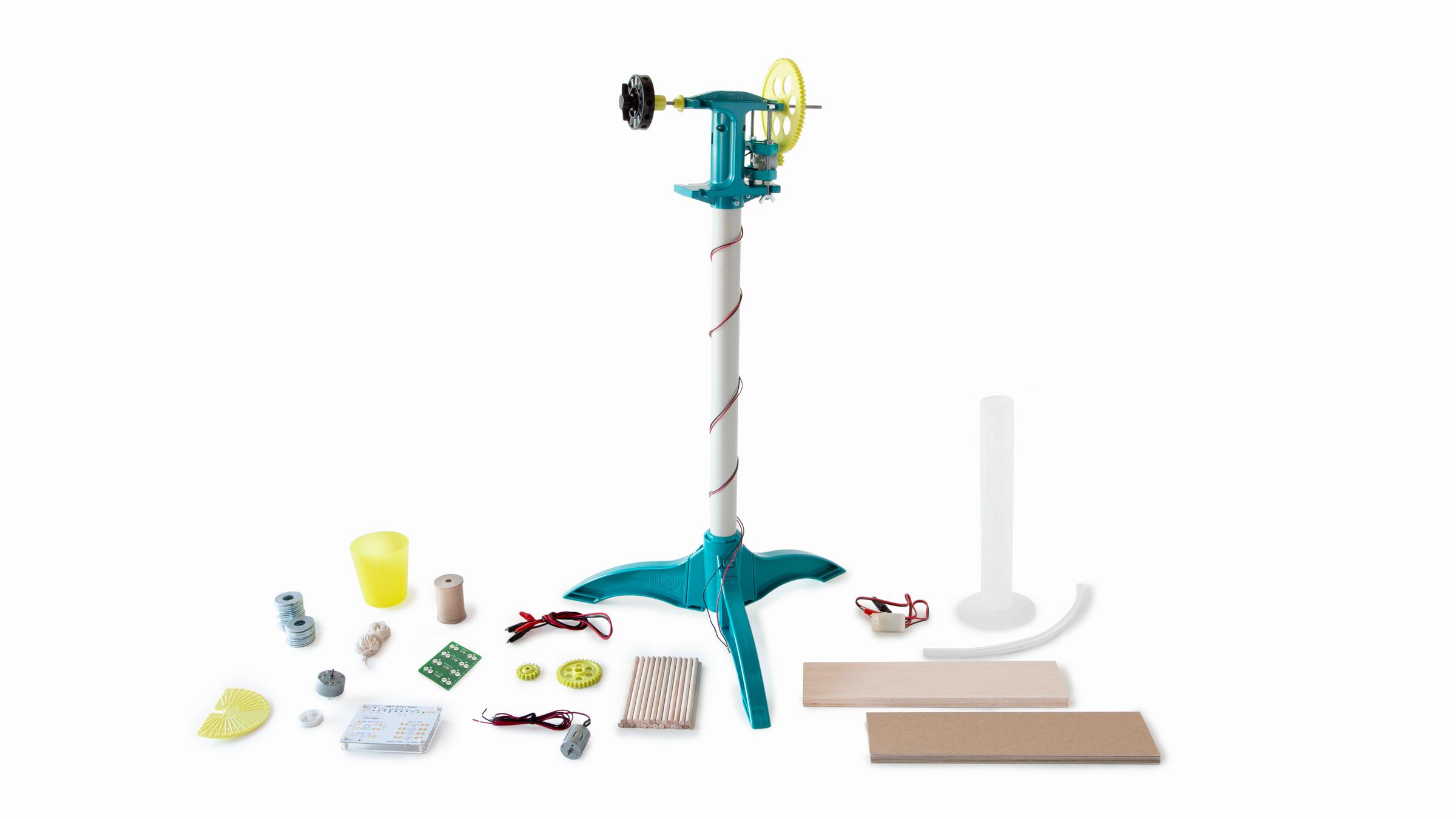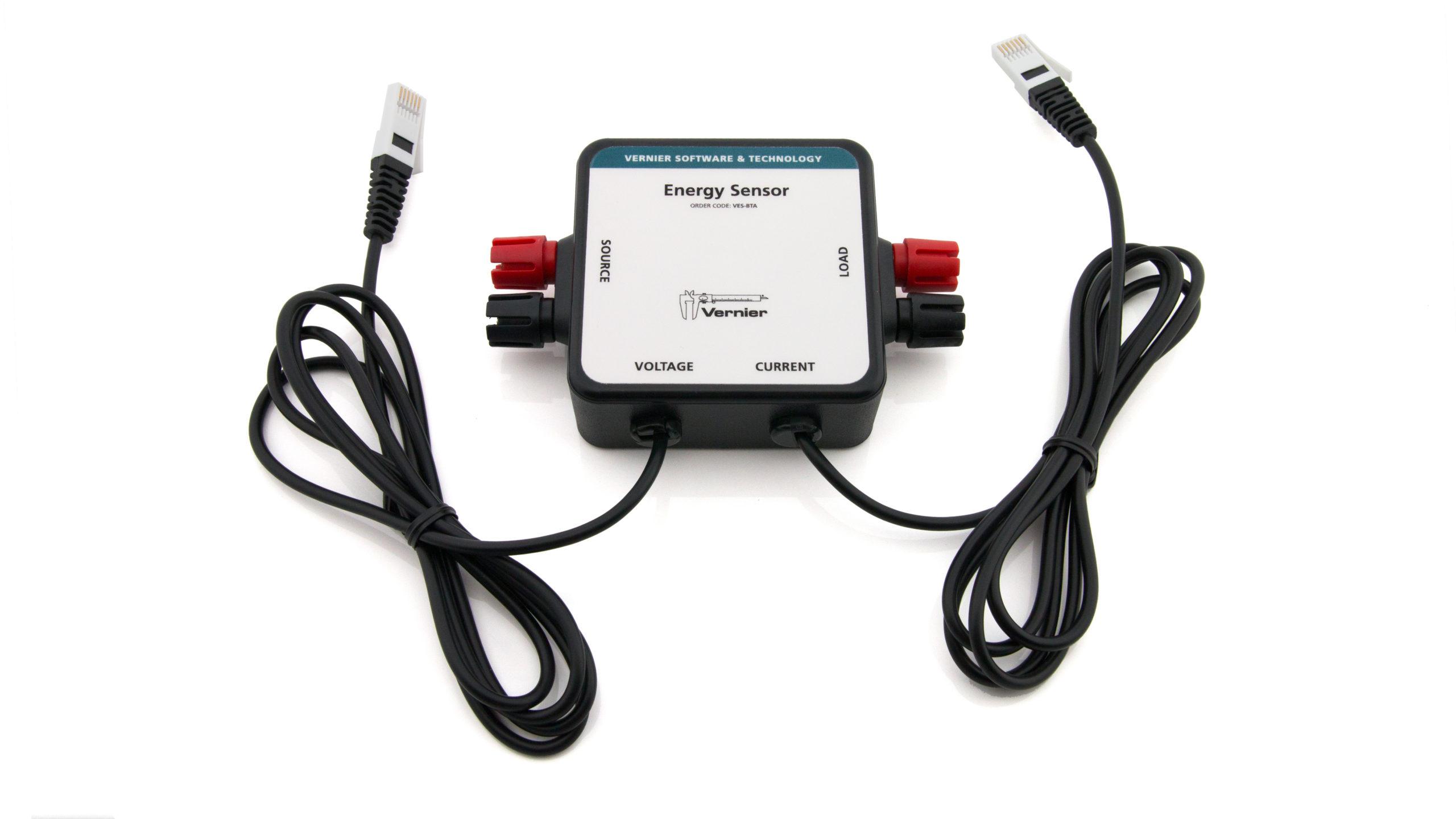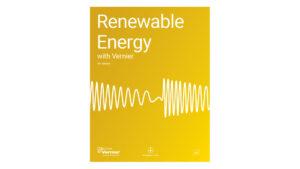Project: Maximum Energy Output
Experiment #15 from Renewable Energy with Vernier
- Education Level
- High School
Introduction
Generating electricity from fossil fuels (primarily coal and natural gas) produces carbon dioxide (CO2) and an array of other pollutants that are injected into the atmosphere each year. The Intergovernmental Panel on Climate Change (IPCC) estimates that 20–25% of the CO2 produced by humans comes from the generation of electricity around the world. Increasing CO2 concentrations in the atmosphere is one of the key drivers of climate change.
While electricity generation produces a significant amount of the CO2 released by humans, there are millions of people around the world who do not currently have access to electricity. When individuals or communities seek out reliable electricity, they have a variety of options, including generators that run on gasoline or diesel. Developing ways to efficiently produce electricity from renewable sources, such as wind or solar power, can greatly improve people’s quality of life and ability to sustainably support themselves and their communities.
Wind turbines are a rapidly maturing technology that can help reduce the carbon footprint of electricity generation and bring electricity to even the most remote communities. In this project, you will construct a small wind turbine that maximizes energy output at low and high wind speeds. This turbine could be used to provide energy that would charge small electronics or provide lighting. During the project, you will work with your group to design, test, and then optimize your wind turbine design. At the end of the project, you will submit a set of deliverables.
Sensors and Equipment
This experiment features the following sensors and equipment. Additional equipment may be required.
Ready to Experiment?
Ask an Expert
Get answers to your questions about how to teach this experiment with our support team.
- Call toll-free: 888-837-6437
- Chat with Us
- Email support@vernier.com
Purchase the Lab Book
This experiment is #15 of Renewable Energy with Vernier. The experiment in the book includes student instructions as well as instructor information for set up, helpful hints, and sample graphs and data.

